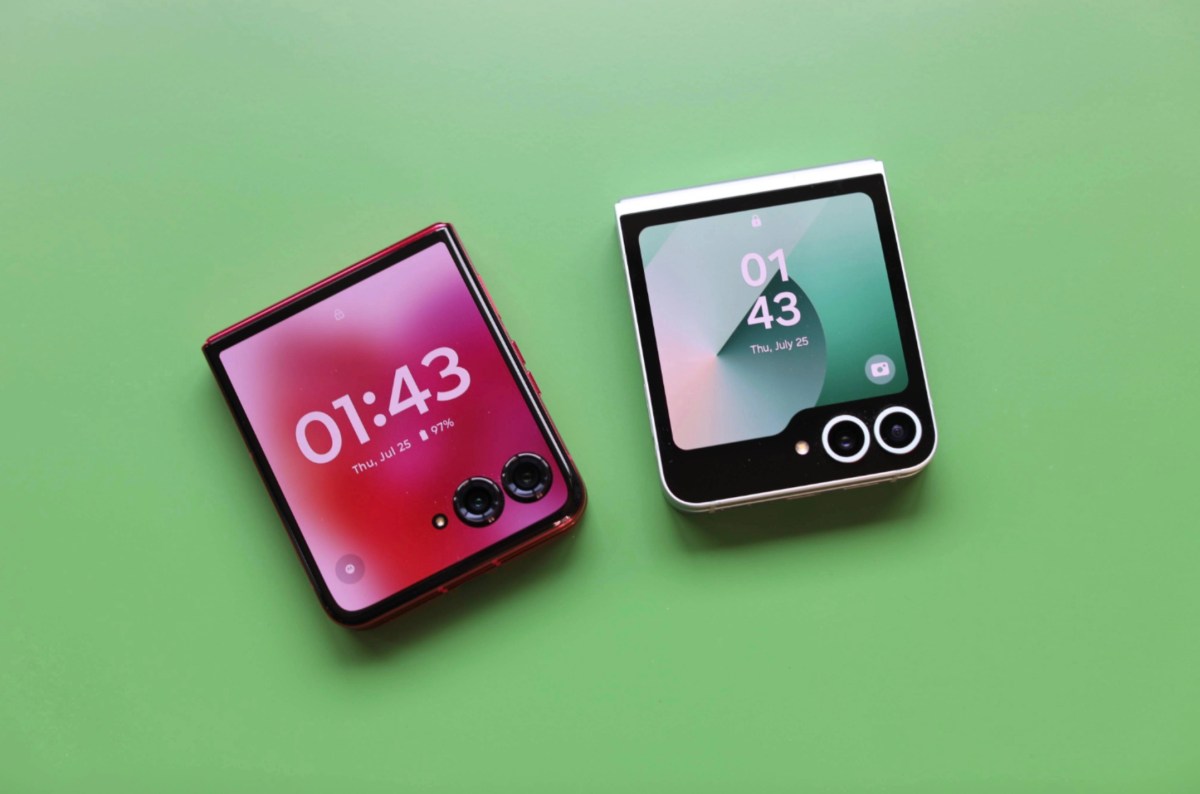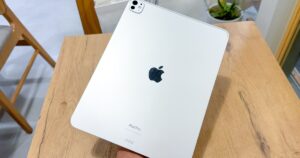Samsung’s original Galaxy Flip was the phone that taught me to love foldable devices. Before the clamshell was launched, devices were big and bulky like the Galaxy Fold. Instead of embracing portability, the goal was to cram as much screen real estate as possible into a pocketable design. The result, in the Fold’s case, was massive, even when closed.
The Flip’s success seems to have caught Samsung by surprise. Despite the advertising support it directed at the Fold, the Flip clamshell captured 70% of the company’s foldable device sales in 2021 — a year after its initial launch. Portability combined with a significantly lower price point won the day, helping catapult Samsung’s foldable device shipments to 10 million that year.
Samsung is still the 500-pound gorilla of foldables, but the company’s successes have made the category considerably less lonely in recent years. The increased competition has improved the market, bringing not only device diversity, but also causing the king to rethink some of his own orthodoxies along the way.
Of recent vintage is the decision to widen the Fold’s narrow front screen slightly. It’s not a big difference (neither the Z Fold 6 nor the Z Flip 6 offer much of a difference), but perhaps it’s a response to feedback about what has always been an awkward ratio.
With a device like the Fold, the sheer novelty is enough to keep users interested for several years. But attention spans are short in consumer electronics. The luster of the early adopters wears off after a few generations of refinement. It’s a double whammy where competition like Google’s Pixel Fold and the OnePlus Open bring new ideas to the table.
One of the most fascinating competitors, however, comes from a more unexpected corner of the mobile world. I admit I wrote off Motorola’s foldable Razr when it was announced a few months after Samsung’s first Fold went on sale. That was a novelty in itself: an exclusive to put a beloved but defunct brand on a new device. It felt like a cynical product of Hollywood’s reboot era.
The 2020 Razr’s reception wasn’t helped by the fact that, like the first Fold, it arrived half-baked. The specs in no way warranted the $1,200 price tag, and the folding mechanism itself left a lot to be desired. For a while, it felt like the entire folding category would be a blip on the radar.
So far, foldables haven’t moved the needle much in terms of slowing smartphone sales, but the form factor has power. According to Counterpoint Research, the global foldable device market grew 49% year-on-year in the first quarter of 2024. Huawei, an early entrant in the category whose growth has been significantly hampered by issues with the US and other foreign governments, had a banner quarter as overtook Samsung for the first time in history.
Although Huawei remains banned from sales in the US, it saw a significant 257% year-over-year growth in the quarter. Shipments were primary in Huawei’s native China, driven by the long-awaited switch from LTE to 5G form factor. Another Chinese company, Motorola, saw a huge rise globally, jumping a whopping 1,473%. Samsung fell 42% for the quarter, but retained second place globally with 23% of the total market.
Both the Fold/Flip 6 and the Motorola Razr+ are too new to have a meaningful impact on quarterly shipments, but I expect both to see notable growth on the back of well-reviewed devices.

Samsung’s biggest challenge right now is finding ways to keep the category exciting. Gaining market share is no longer just a matter of education. The company needs to convince non-fold owners that it’s time to make the leap and nudge existing customers to upgrade — a tough task when the Fold and Flip now start at $1,900 and $1,100, respectively.
The Flip 6 still beats the Razr+ in terms of imaging, something Samsung has long excelled at. But
Motorola has learned from its early mistakes and delivered a great folding experience. The design is excellent, the almost edge-to-edge 3.6-inch front display looks great. Motorola’s real secret weapon, however, is the price.
While $1,000 doesn’t sound good at first glance, the phone is consistently discounted. It launched early this week with a $100 discount. Its 2023 predecessor, meanwhile, can be purchased on Amazon for $600 right now.
For its part, Samsung is rumored to be working on a more affordable version of the Fold that will be available later this year, though the company may be tight-lipped about that. It’s a shame, because Samsung isn’t the only game in town anymore, and the next real innovation in foldables will be affordability.



